
Decorations made of ceramics, especially ceramic floristry, are not as common as decorations from other raw materials, and are therefore always original and refined. You can make them yourself. At the same time for fans of handmade has long been invented polymer clay, which does not need to be burned in special furnaces, which greatly simplifies the work within this skill. For baking, an ordinary oven will do.
- Ceramic flowers
- Ceramic flowers of sakura for necklaces and earrings
- Creating a gold plated polymer rose
Ceramic flowers from
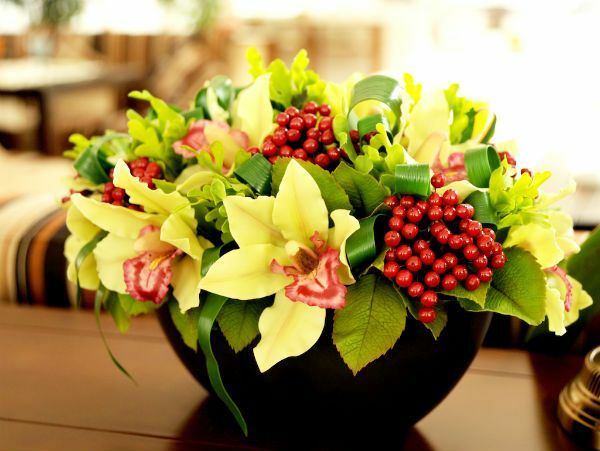
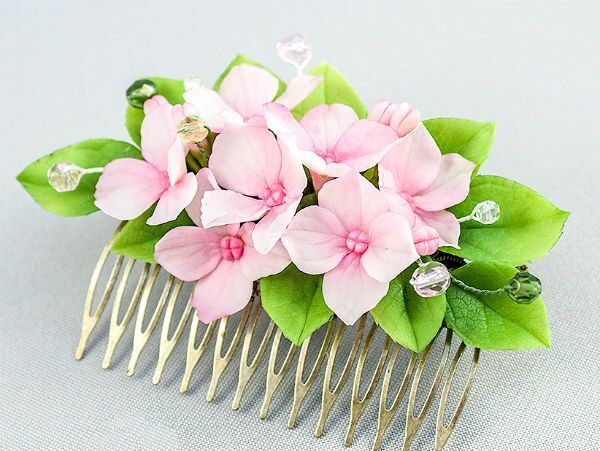
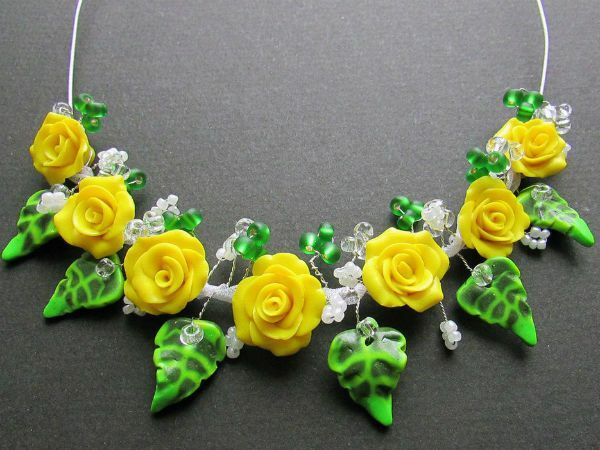
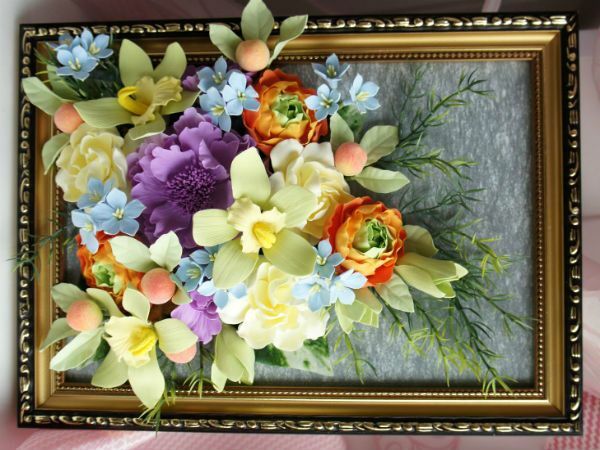
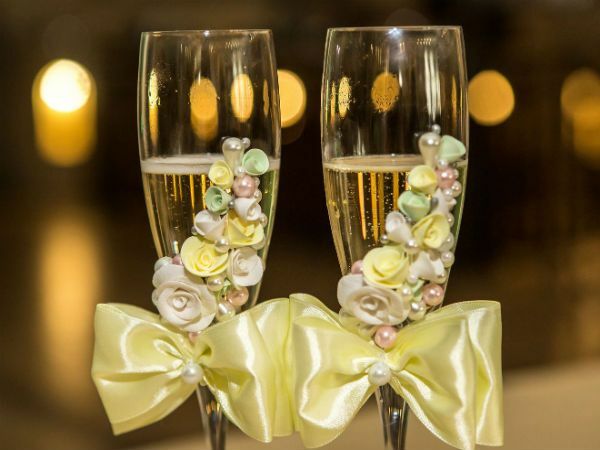
are suitable for using Ceramic flowers from polymer clay can be limited only by your imagination. They can decorate all kinds of costume jewelery( rings, earrings, necklaces, hairpins, hoops, wreaths, bracelets, pendants and so on), thereby turning everyday everyday accessories into a real masterpiece. Such decorations diversify your daily routine and are suitable for any celebration. At the same time, their wearing will be twice as pleasant, since they will be made with their own hands.
Ceramic flowers can be used with great success to decorate and decorate furniture, paintings, chandeliers, lampshades, wedding attributes, photo frames, floor and table vases. They will be an excellent addition to any interior, adding to it your personality. Thus, you can breathe new life into old sets, lamps, caskets. The art of creating colors from polymer clay offers you endless options and opportunities to create masterpieces that can be linked together in a color scheme and one theme.
to the table of contents ^Ceramic sakura flowers for necklace and earrings
You will need:
- polymer clay in pink, white and green;
- knife and tools for working with clay( can be replaced with grinding tools);
- thin wire;
- small beads;
- auxiliary material for decorations( carabiners, beads and so on).
This necklace is composite. Initially, all the flowers and leaves are separately formed, fired, and then joined together in a single necklace.
For cherry blossoms you need to make a smooth color transition from a saturated pink in the flower's hearts to white onthe tips of the petals.
The holes for the fastenings must be made before firing.
The temperature and the firing time are 15-20 minutes at 130-135 degrees.
We knead white clay.
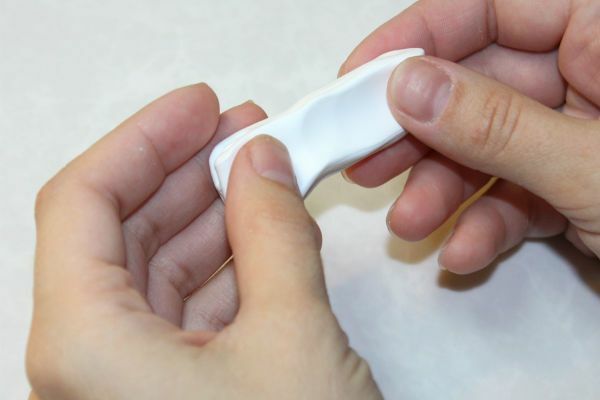
We form three squares and add a little pink clay to one of them.
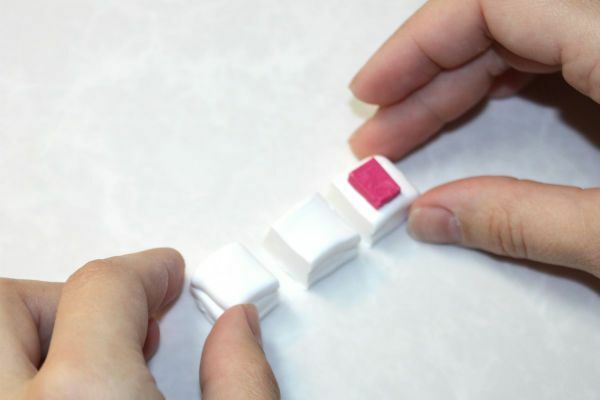
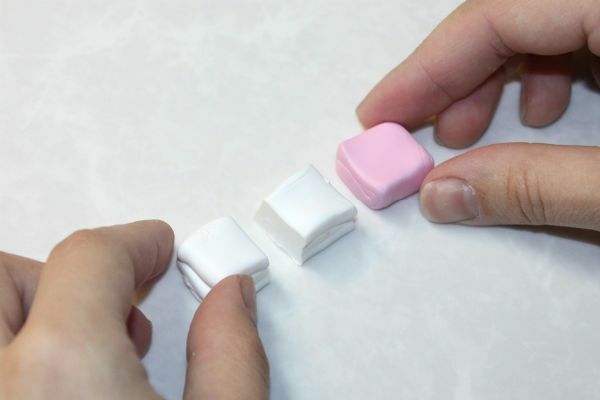
We cut diagonally and change places.
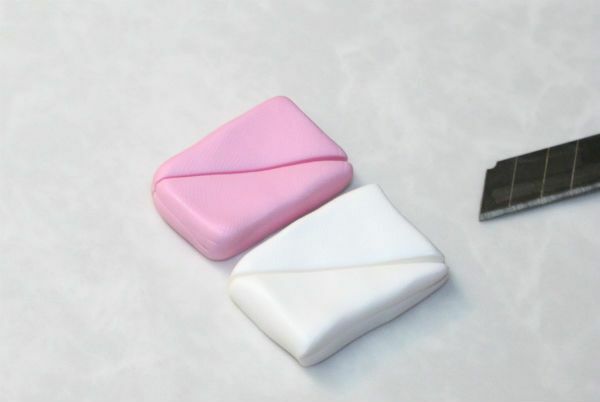
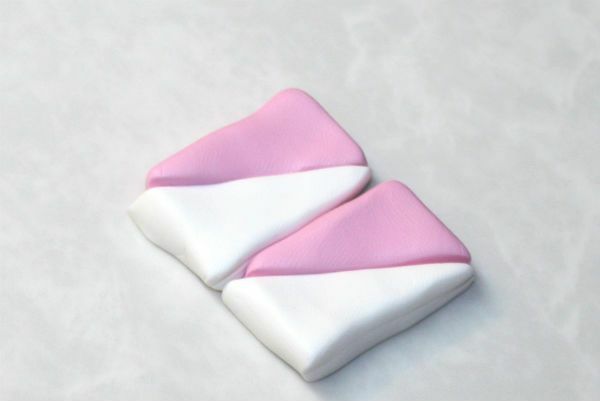
Cut across and match as shown in the photo.

Now you need to mix all the composite segments. As a result, they will differ in color.
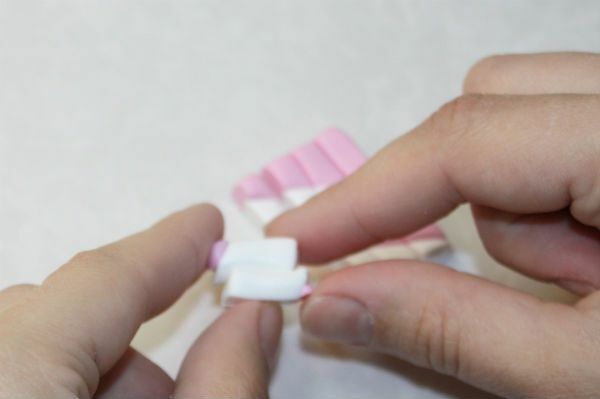
Distribute the colors according to the degree of saturation and make up a number.
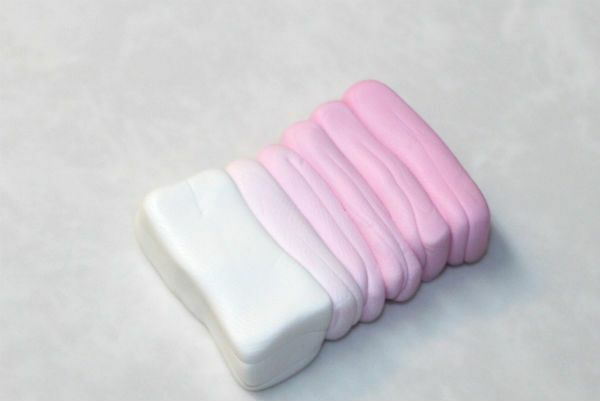
Connect the blocks and stretch them.
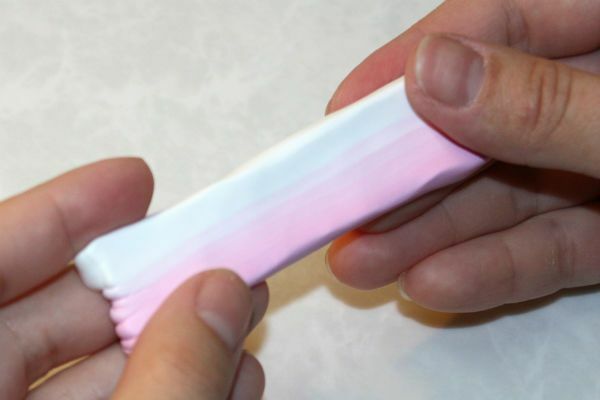
Cut small, uniform blanks for the petals.

Make the petals.
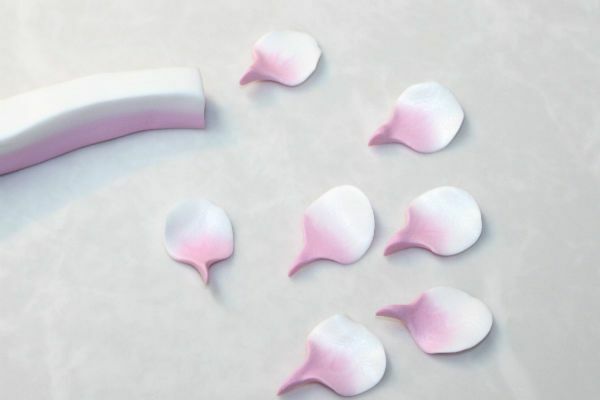
Make the petals in a flower and use a toothpick to make a groove in the core.

In a similar way, make a little leaf.
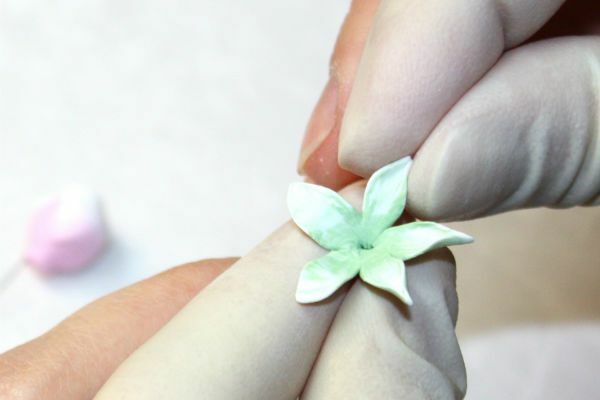
Before firing, insert the wire inside the flowers so that its edges exit through the core. After firing on the wire string the beads and fix it with glue. It will become a stamen. The end of the wire is required to join the necklace together.
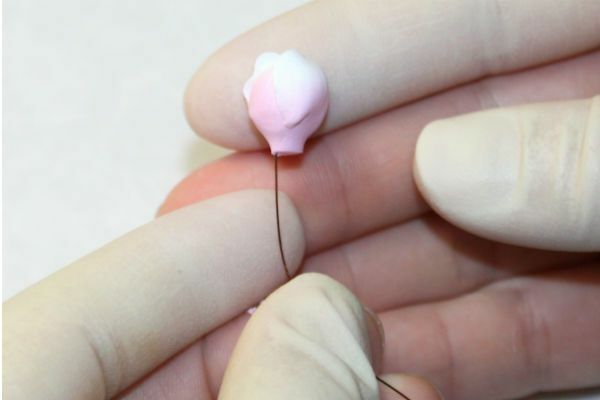
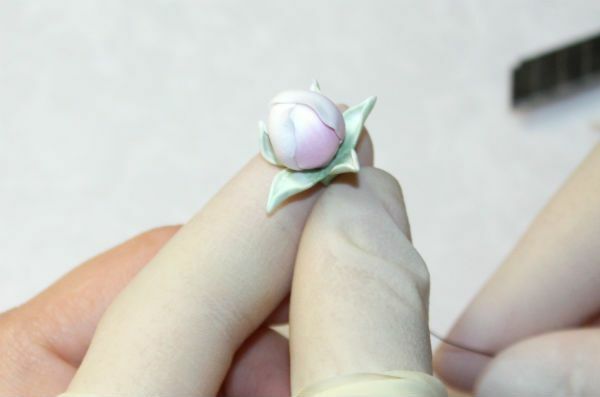

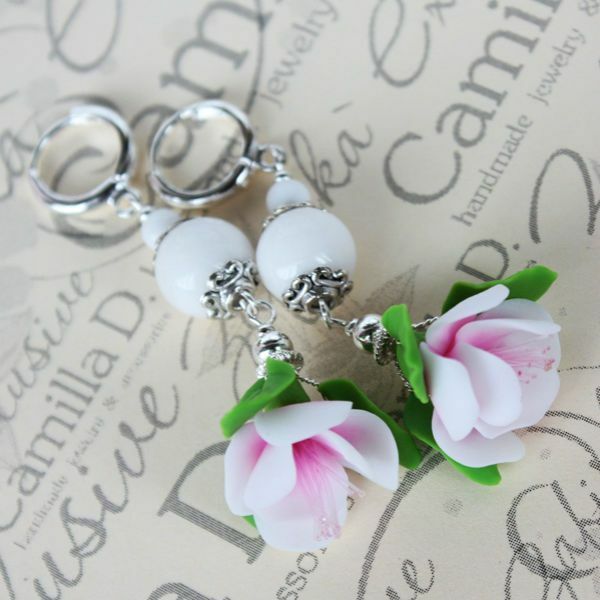
Creating a gilded polymer rose
To use this technique, you will need:
- polymer clay of two colors( red and green),
- sequins or a glider that can be added to the clay to give it an interesting flicker effect,
- plastic cup,
- brush,
- acrylic lacquer.
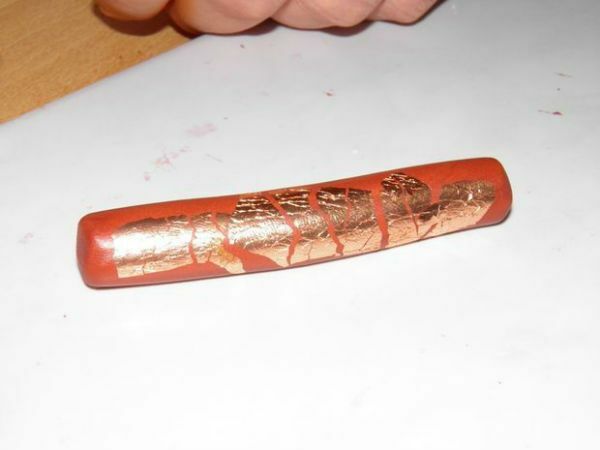
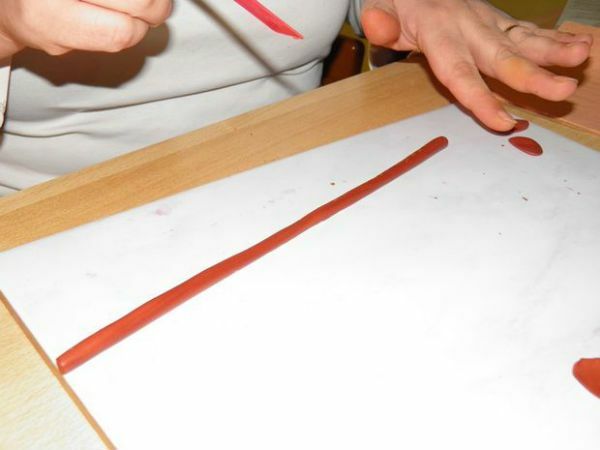
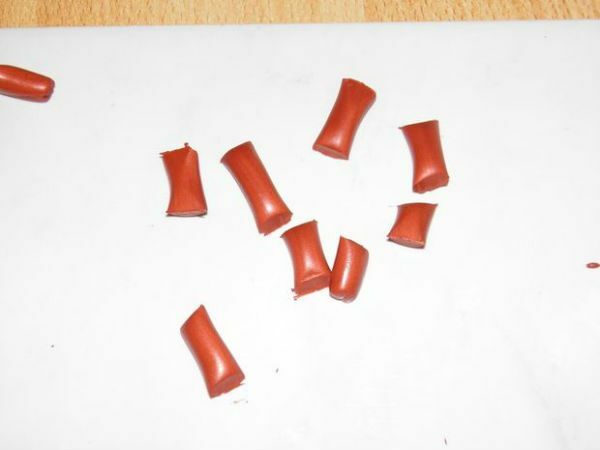
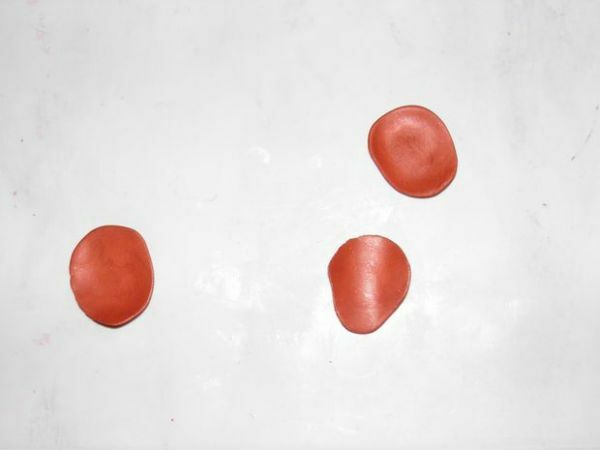
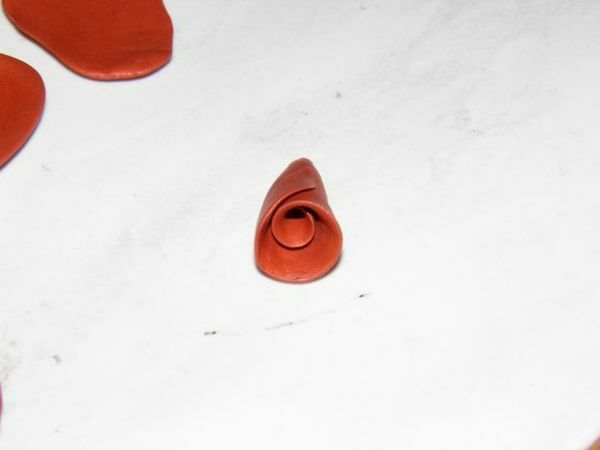
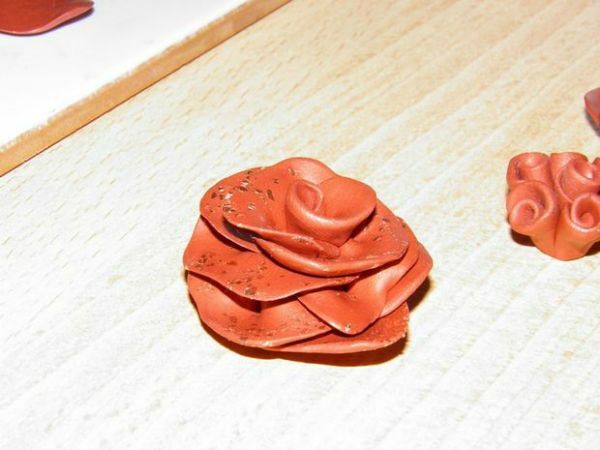


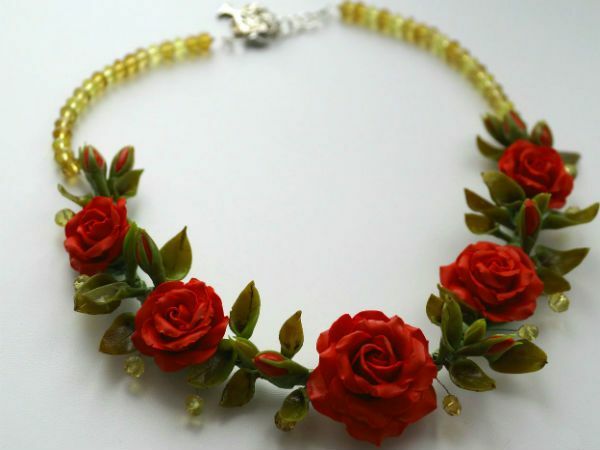
Be sure to work with gloves, otherwise fingerprints will remain on the clay. In the beginning, add the sequins to the clay, mix well. Divide clay into pieces - future petals. Start from the core - from the smallest petals, gradually increasing them in size and connecting them to a flower, as indicated in the photo to the master class. Be sure to make the mount, for which you can then attach to the finished product carabiner, ring or chain. Do this later, after burning, it will be problematic.
The composition should be immediately combined, if necessary, add a couple of leaves, then - send to the oven for 15 minutes at a temperature of no higher than 130 degrees Celsius. After the product dries, it can be varnished. But it's up to you.
